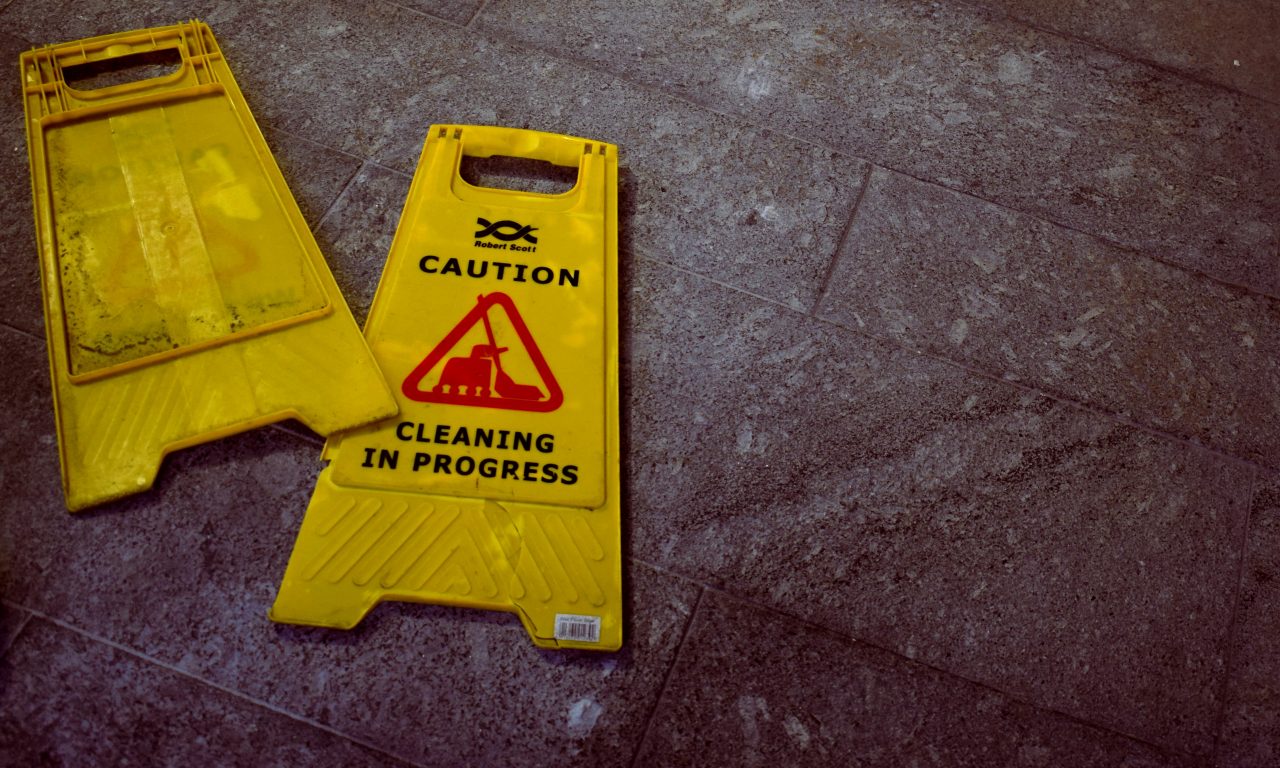As the proud owner of a new startup, health and safety is probably a priority. The chances are that you’ve already gone above and beyond to research and incorporate decent safety practices in every prominent area. You know the stuff; making sure all your carpets are tucked in, supplying all the safety gear your team need, and all the rest of it.
But, despite your best efforts, there’s every chance that your safety standards still aren’t quite up to scratch. Too often, brand new managers who think they’ve got it right find that a health and safety visit ends in closure. It can be a gutting experience, and not least because it means downtime for a business on the brink. But, that doesn’t need to become your reality.
In truth, health and safety fails this early in the day often arise more from stupid mistakes than honest disregard. The fact is that, apparent pointers aside, health and safety is a complex beast. To help you cage it, we’re going to look at a few of the main reasons why new managers tend to fail in the safety stakes, and what you can do about it.
A lack of communication
A lack of communication has to be the leading cause of early health and safety failures. Sadly, you’ve been so focused on implementing safety procedures that you’ve altogether forgotten to share them. The bad news is that an unshared health and safety plan may as well not be there at all for the good it’s going to do.
The second a health and safety officer arrives and asks to see your procedures; you’ll be in a whole world of trouble. The best way around this is to tell your team what’s what, and then tell them again. Sure, on-job training may seem like more of a priority to you right now, but never underestimate how much this matters. Write up a health and safety handbook for all to peruse, and make sure that you’re implementing drills on a semi-regular basis to drill the point home!
Poorly highlighted emergency exits
Even managers who have gone above and beyond for communication often fail regardless due to poorly highlighted exits where their procedures are concerned. Even if your team know by heart precisely which door is the acting fire exit, a blank door at the back of the office will not a health and safety officer impress. In fact, this will be an instant fail for you, especially if you invite customers into your commercial space.
Instead, you should think about making all safety exits as evident as possible, and by this, we don’t just mean a standard ‘exit’ sticker. Proper workplace safety requires fire posters with your exits highlighted throughout the workplace. You should also seek industrial lighting solutions that include highlighted exit signs for everyone to see. Only then can you rest easy that you’ve done everything possible to put safety at the forefront of everything you do.
Unchecked currents
From the evident to the not so, it’s also vital that you check more than just what you can see with your electrics. Too often, managers move into offices and assume that the electrical current is all fine, but that isn’t always the case. Given that guidelines recommend rewiring to current standards at least every ten years, there’s every chance that your wiring isn’t quite up to scratch.
Worse, you’ll have no way of knowing that fact until disaster strikes or fire wreaks havoc. Unluckily for you, health and safety inspectors can periodically request electrical certification, and won’t hesitate to fail you if yours is out of date. Before moving into any office, you should, therefore, seek a trained electrician who can tell you what’s what, and take care of a rewiring if necessary.
Uncapped working hours
Let’s say you’ve done everything possible to improve employee-specific health and safety. You’ve invested in ergonomic office chairs, incorporated regular movement breaks, and even scattered plants around your office because you heard that could help. What on earth could health and safety still find to object to? Well, uncapped working hours, for one.
For drivers, heavy machine operators, and the like in particular, work hours matter a great deal from a safety perspective. Laws for truck drivers are especially stringent in this respect, with rules currently stating that driving sessions should last no longer than eleven hours, with 10 hours between each shift. Even in an office setting, OSHA will keep an eye on your staff hours.
As a general rule, any manager exceeding a 40-hour non-overtime workweek may find themselves in trouble. Admittedly, there are no set restrictions on how many hours your team are allowed to work, but you could still easily fall foul the fair labor act if you’re expecting them to be ‘on-call’ day and night.
With studies showing that longer working hours drastically increase the risks of workplace accidents, this is a mistake that you’ll surely want to keep in mind. After all, if health and safety deem that your workers are suffering from unsafe exhaustion levels next time they visit, you could still face the repercussions.
This is a contributed post.
Discover How We Help Startups Scale To 100,000 Users And Beyond.
Enter your info below, and we’ll send you a complimentary white paper that shows you exactly what you need to do to scale your startup.


